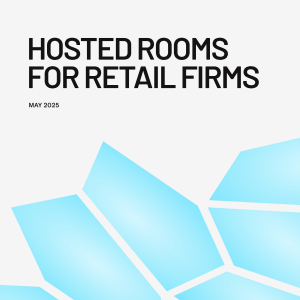
Clients
XTX Markets’ client business offers customised, low-market impact liquidity to banks, real money, hedge fund and retail broker clients across US and European equities, FX, metals as well as NDFs.
We have been providing liquidity directly to institutional clients since the firm’s inception in 2015 and has a long-standing track record of providing market-leading, differentiated liquidity.
Bespoke liquidity
Low market impact
Powered by leading quant. research capabilities
Unique precision pricing and risk holding capacity
XTX Markets focusses on supplying low-market impact liquidity by holding risk for meaningful periods and our state-of-the-art machine learning technology helps us offer this to clients across the globe. We aspire to offer low market impact and best-in-class fill rates for intelligently executed client flow.
We can provide clients with deep liquidity across more than 10,000 assets. During periods of volatility our pricing is reliable, differentiated from others by the strength and accuracy of our fair market value price.

The Benefits of Bilateral Liquidity
XTX Markets provides bilateral liquidity to clients across US, UK, and European equities, as well as FX.
By connecting bilaterally, clients gain access to pricing and liquidity that are specifically tailored to their needs. Clients can access differentiated liquidity depending on the type of flow directed to XTX Markets. For example, by separating institutional and retail flow, we can provide optimal liquidity to each source independently. This level of disclosure and transparency also allows clients to assess the quality and depth of the liquidity provided.
Bilateral relationships can be established through venues or via brokers. Additionally, this liquidity can be easily accessed via existing market technology providers, such as market data handlers, Equities ATSs and EMSs, or FX ECNs. As a result, this method of trading can be made available to clients with minimal disruption to their workflows.
Client Insights
US Equities
via our Single Dealer Platform or Hosted Rooms on ATSs
- Liquidity in ~6,500 single stocks and ~3,500 ETFs
- Differentiated feeds are available for bespoke liquidity based on client needs
- e.g. NBBO, price improvement, mid point
- Working with ATSs to provide liquidity via Hosted Rooms facilitating true order-by-order competition and execution quality improvements
- live with Intelligent Cross, Level ATS, OneChronos Nexus
- Proven low market impact post-trade
- Low-effort connectivity with access available via third party vendors and EMSs
- Working alongside our partners in the bank and broker community to provide access with minimal workflow changes
UK & EU Equities
via our Systematic Internaliser
- Liquidity in ~2,500 single stocks
- Differentiated streams offering bespoke liquidity based on client needs e.g Mid point, EBBO
- Proven low market impact post-trade
- Low-effort connectivity with access available via third party vendors and EMSs
- Working alongside our partners in the bank and broker community to provide access with minimal workflow changes
FX
- FX Spot liquidity across all Developed Markets and a wide range of Emerging Markets deliverable currencies
- Liquidity in Asian NDF currencies
- Precious metals liquidity - spot gold and silver
- Unique FX skew is additive and enhancing to clients, providing low-market impact liquidity in all market conditions
- Market-leading FX algorithmic execution strategy targeting implementation shortfall – allowing clients to benefit from our unique fair market value price prediction
Get in touch
Experience XTX Markets' leading client service by contacting distribution@xtxmarkets.com for more information

